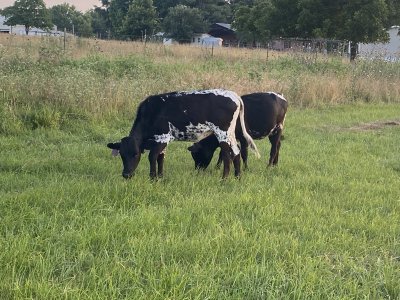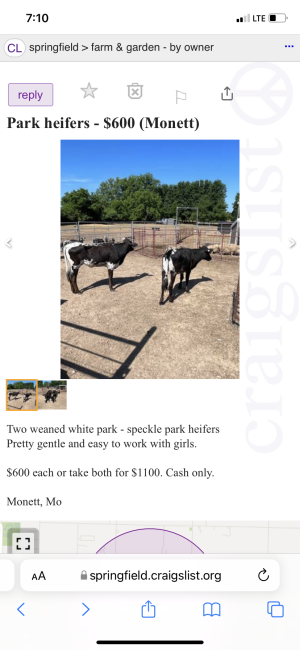That's how most people start and usually have average success. So not an especially bad way to go. In your case you seem to have lost on the genetic lottery, especially if your bull is a carrier.
You've never answered the question about the extra leg, whether it came out at the spine.
In any case, with something like that I'd get rid of the bull and any of its progeny. Sorry, but it is what it is. Sell them all and buy unrelated animals. The cows are less likely to be a problem as long as they are unrelated to either bull or the offending cow.
I had great success by finding out who was selling cows due to their age (usually 10) and I would raise replacement heifers from them, sometimes getting as many as three or four calves from the better cows. I asked around until I found out who had decent cows, culled for age, and I would buy them direct if I could or in big lots at the sale barn. Thirty or forty great ten year old cows will yield some great heifers with the right program, and the steers will sell as well as anything else depending on quality. As long as you have a good eye you should do fine.
Regardless, you need animals that raise healthy calves. A genetic defect showing up taints both the cow and the bull... and any of the calves from the bull.


